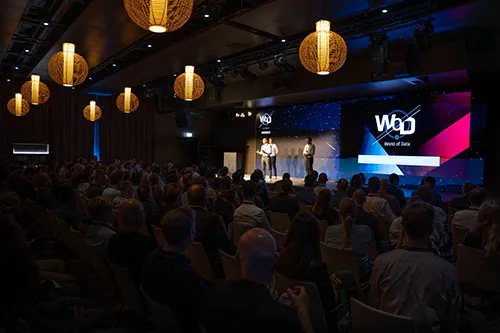A Workflow Editor As A Must, A Graphical Workflow Designer As A Free Skill
Typical or recurring work processes in the implementation of marketing campaigns can be handled very well with individually configurable templates of the MRM workflow component. There is usually a choice of different task types or categories, such as Collaboration, Review or Approval. Ideally, these tasks can be created or configured at different levels of the marketing object hierarchy (e.g. program, campaign or action) and assigned to both individuals and entire teams.
Many solutions offer individually configurable checklists at various object hierarchy levels as part of the workflows. Particularly good solutions even map the complete change history in the course of processing. Visual or graphical process modeling is the exception rather than the rule in MRM solutions, as is a copy function for sub-workflows and their integration into new workflows.
With MRM, You Always Have An Overview Of The Task And Campaign Status
The great advantage of MRM-controlled workflows is that timings, responsibilities and the status of tasks and campaigns (e.g. “implementation started”, “released”, “live”, “overdue”, “completed”, etc.) can be recognized, filtered and controlled at a glance. This is particularly valuable when, for example, a particularly large number of tasks need to be completed or many internal and external participants are working on campaigns at the same time.
In many solutions, color and status indicators as well as workflow calendar views (e.g. Gantt, Kanban, etc.) also provide users with the necessary visual orientation and overview.
Appropriate collaboration functions during the creation of campaigns, tasks and content with notification functionalities allow those involved in the process to exchange information directly on the marketing object or the associated task.
Integrations With JIRA And The Never-ending "Workflow Management by Excel"
In many companies, JIRA is used to manage tasks, with the help of which tickets are created and assigned to a person for processing. Many marketing departments also work with JIRA. Either because they use it to collaborate with other departments or as part of comprehensive program or project management, or because they use JIRA to process their purely marketing-related tasks.
However, sometimes marketing departments do not use JIRA exclusively, meaning that other manual workarounds (such as Excel) are widely used. This raises the question of the interaction between JIRA and the workflows of an MRM component on the one hand and, on the other, how previously manual processes can be mapped in the MRM solution.
The answer to both questions is closely linked to a consistent target process design and a stringent process definition. Nowadays, powerful MRM solutions offer corresponding API integrations with JIRA for the technical implementation of target processes. This can be used, for example, to synchronize the task status or the processing status of objects, or to trigger activities in the MRM solution. You can find out which MRM solutions offer strong integration options in the provider overview.
Now you know almost everything there is to know about MRM software and the benefits it brings you in your daily work.


















